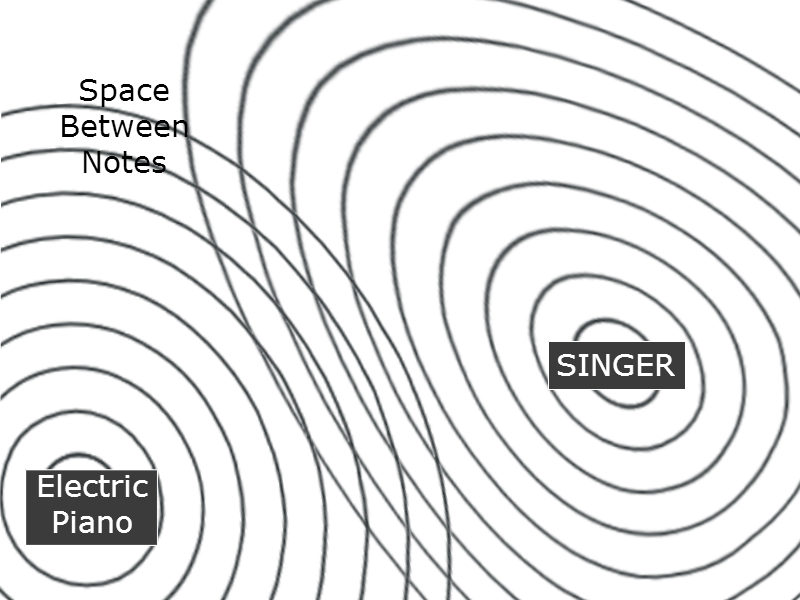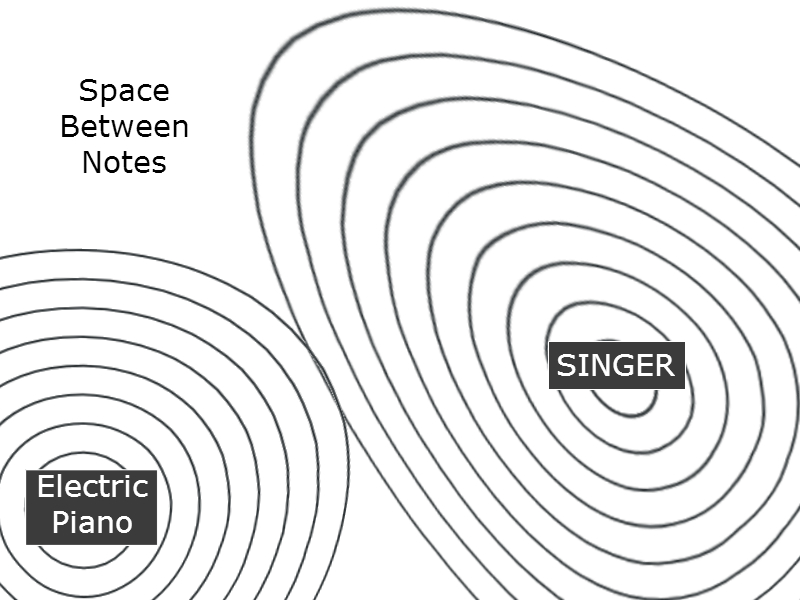Dirty USB power causes your analog audio signal to change. This claim is backed up by years of research, testing, and development. This article from Positive Feedback is particularly useful: Click to Read Article
There is intense debate about the effects of expensive audio grade computer cables, like USB and Ethernet, with some selling for over $2000. Some say there is no effect, that’s it’s simply an Emperor’s New Clothes syndrome. Studio master recordings are now widely available for download and DAC manufacturers now include USB inputs to accept the higher resolution format. This is all relatively new in terms of the history of ultra high-end audio.
Thus it’s not a surprise that problems are missed, like the effects of dirty USB power. It’s hard to wrap your mind around the idea that a dirty USB power feed from your computer’s USB output port could affect a digital signal, which is nothing more than 1’s and 0’s. Try to imagine EMI and RFI, the principal sources of power noise, as cloud like entities. They ride power lines and conductive material, they bleed from one component to the next, like they travel in air. If you eliminate the source of the EMI and RFI the clouds are gone, and I use cloud as the image because that’s what dirty USB power does to your recordings: it clouds them.
Expensive USB cables are highly engineered and work to reduce RFI and EMI interference. Their expense is related to the difficulty of manufacture. But these solutions, no matter the cost, do not eliminate the problem completely because their power leads are still physically connected to the dirty computer. And the cost of these items can sometimes be in the thousands of dollars.
The cause of the dirty USB power is the computer itself. Your computer is composed of millions of circuits and the electricity travels from your wall, flows through these circuits, then passes out the 5 volt power lead of the USB port into your sensitive audio electronics. Computer circuits, hard drives, CD drives, etc., all make noise. And that noise travels with the flow of electricity. It doesn’t affect external peripherals like printers and hard drives, but it can affect sensitive analog audio electronics.
Consider this: would you knowingly plug your amplifier into the same circuit your dishwasher, hot water heater, or refrigerator occupies? If you did then every time an appliance kicks on you might get a popping sound in your speakers from the voltage spike, and that could damage your speakers. The same logic applies to plugging your DAC into your computer USB port. The power from the USB port is constantly spiking because of the computer’s electrical processes. This causes noise and in turn that noise affects the sound of your music.
Conventional USB cables are also part of the problem. Most audiophile USB cables run the computer’s dirty USB power alongside the sensitive digital data lines. This can cause signal problems, that is why some expensive USB cables separate the power leg completely from the data leg. Another problem is that conventional USB cable designs are flawed for audio because they allow current to pass along the exterior metal shields of the cable. These are not needed to pass signal, they are a design feature and have to do with general shielding applications. They are very problematic though for a USB DAC. Any current that leaks into the DAC from that channel could cause a number of problems. Our Disruptor completely blocks that channel of interference.
Dirty USB power may act as a loudness circuit adding signal that is later amplified and often misinterpreted as being more expansive, as opposed to distortion. In actuality it’s distortion. This concept is supported by hearing tests. The diagrams below are an attempt to visualize the findings of our tests. They are scientific in the sense that the tests are repeatable and the findings are consistent.
Dirty USB power clouds the natural spaces between musical notes, the silences that are as much a part of the music as the notes themselves. This works to flatten the stereo image, reducing the spacialization of voices and instruments. It bleeds instruments together robbing the listener of the intended experience.
 USB Disruptor restores the spaces between notes by disrupting the polluted electrical flow from your computer. The difference can be amazing.
USB Disruptor restores the spaces between notes by disrupting the polluted electrical flow from your computer. The difference can be amazing.

